A Backyard Dive into Resilience
 February 27, 2017
February 27, 2017
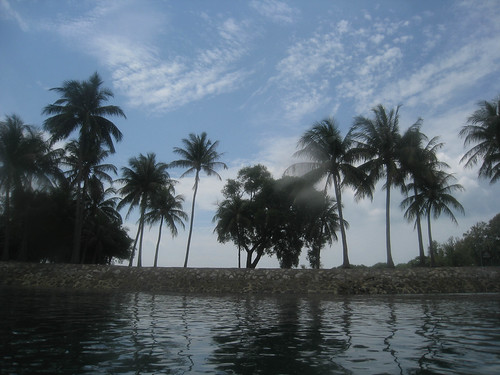
By Galen Mandez – An hour is all it takes to wake up, wash up, have a coffee, pop my gear into the boot and make my way down to the marina where our dive boat awaits. It’s a diving Sunday and a strange relief for someone much more accustomed to an eight-hour journey to Tioman.
It’s my first familiarisation dive with the Hantu Blog Divers and the weather is perfect as seven eager
divers pull out from the Marina and make the 30-minute journey to Hantu.
With the weather on our side, I am hopeful about the visibility as we prepare for two dives off the
western side of Pulau Hantu. We decide to explore the fringing reef off of Hantu Besar’s western wall for the first dive and to check out an unassumingly large patch reef for the second.
“Once you get past the visibility, there’s so much to see in Hantu”, my dive buddy advised only moments earlier and we descend into a staggering 2 whole metres of visibility.
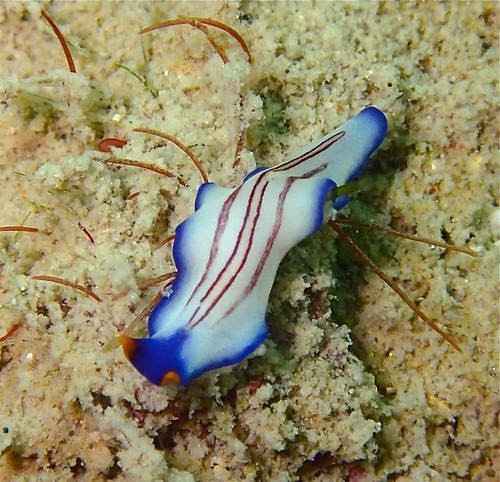
Below the surface, we are immediately greeted by a pair of triple-striped flatworms – Pseudoceros tristriatus. Check out a video of this flatworm!
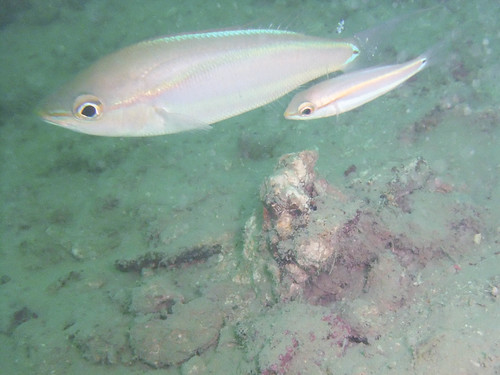
Nearer the sandy bottom, we were studied by a trio of inquisitive Paradise Whiptails Pentapodus paradiseus – pensive at first but gaining in courage, they came up close to observe us as we did them. My dive buddy, Debby, showed me how gently agitating the silty bottom could further pique their interest as they darted about looking for food that might have been hidden in the sandy bottom.
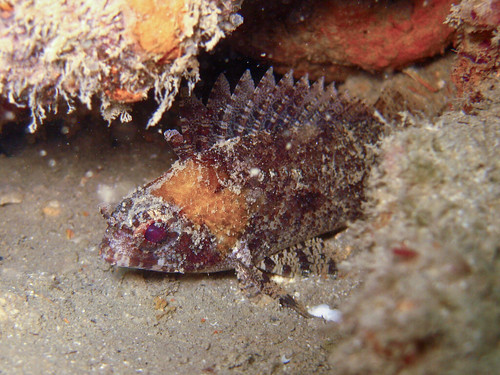
Hidden away in a small stony outcrop was a False scorpionfish Centrogenys vaigiensis. Employing mimicry, the False Scorpionfish, deters predation by adopting the appearance of its venomous muse the true Scorpionfish. All the same, these fish are armed with 13 to 14 dorsal spines and are a good reminder to watch your buoyancy.
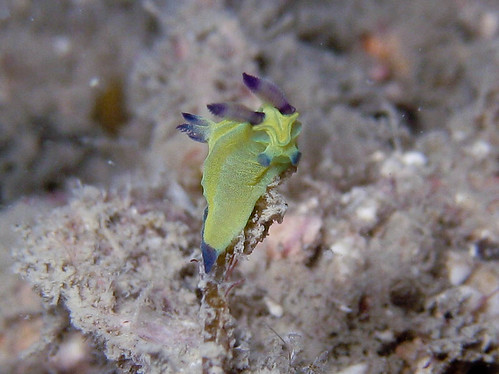
Tambja nudibranchs, with their purple-blue rhinophores and branchial plumes, popping brilliantly against their green bodies, these little nudibranchs were out in force and a lovely sight. Speaking of sight, I’ve just discovered that nudibranchs have eyes! These eyes are embedded in the skin, unlike their snail cousins that have their eyes situated on eye stalks. Unfortunately sea slug eyes don’t see very well, and are better at discerning light and dark – which might indicate shadows from a predatory fish swimming overhead.
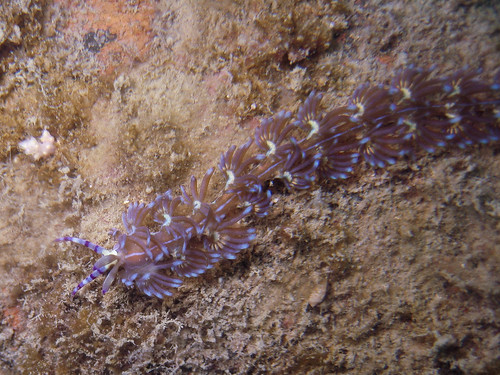
The highlight of the two dives for me was stunning Blue dragon Pteraeolidia ianthina – one of the more common aeolid nudibranchs found in Hantu. Unlike droid nudibranchs (like the Tambja above) which have a branchial plume, aeolids have many cerata that spread across their back and in their respiration and in some cases, provide protection.
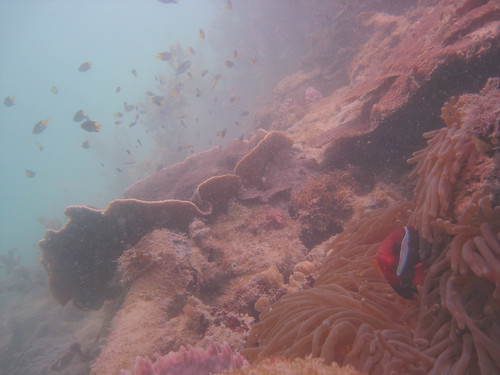
I’ve always felt that something special happens when visibility dips, you start looking harder, you
dive slower and you pay more attention. Unlike diving in 20 metre visibility where the reef and its
inhabitants are unabashedly laid out before you, Hantu’s more cloy nature asks for more active
participation.

Clambering up the boat after our second dive, I see the massive metal structures of Bukom’s refinery, I think of all the reclamation work that has taken place around this little island and am struck by how fortunate we are to still have this little, murky but thriving haven so close to our city state.
Galen Mandez is a Divemaster who recently began volunteering with the Hantu Blog. He learns Reef Check methods to support our efforts to understand more about our reefs, and discovers his native marine wildlife while he’s at it!
 Posted in
Posted in 



 content rss
content rss
COMMENTS